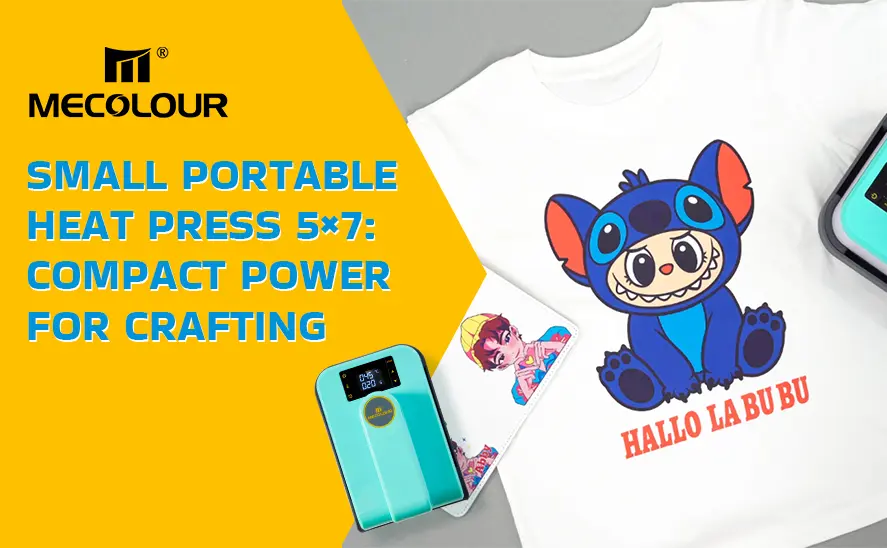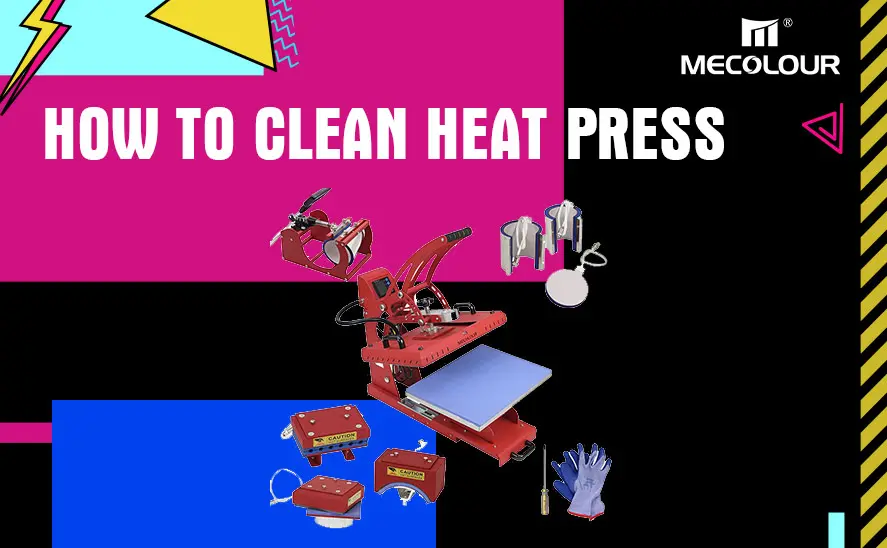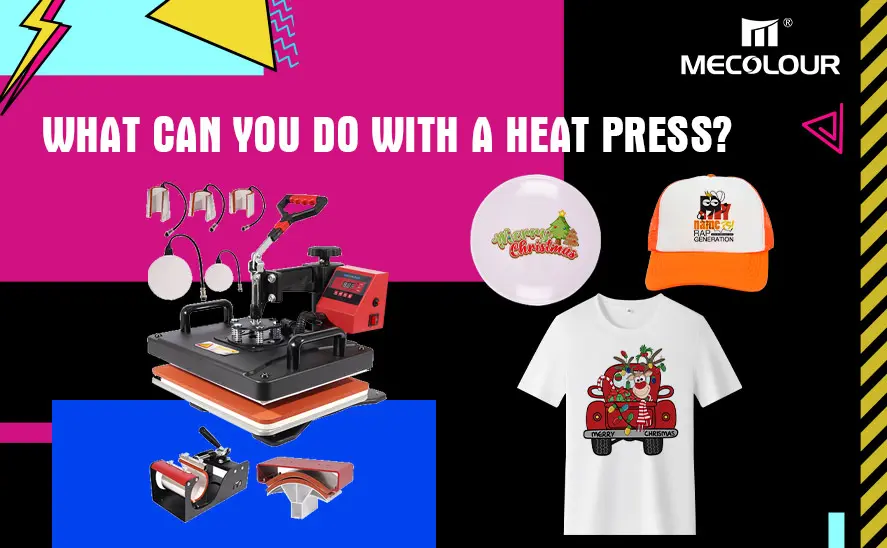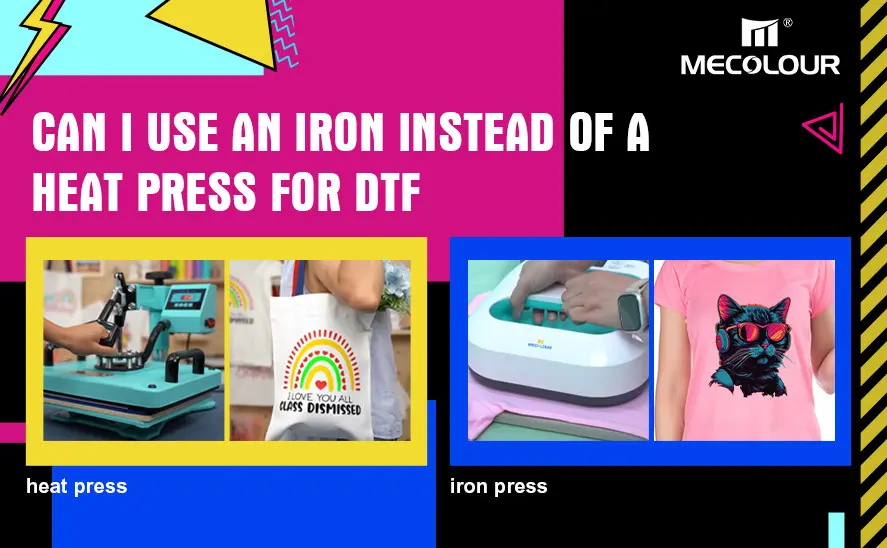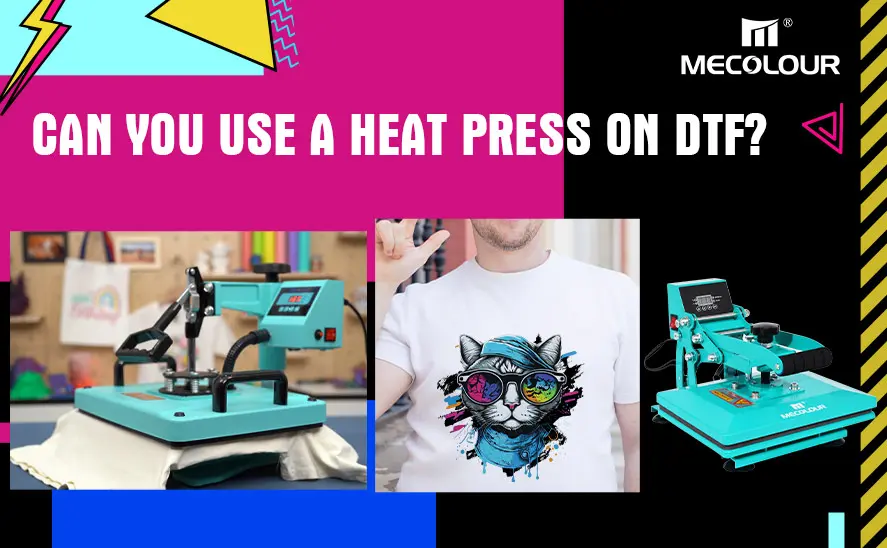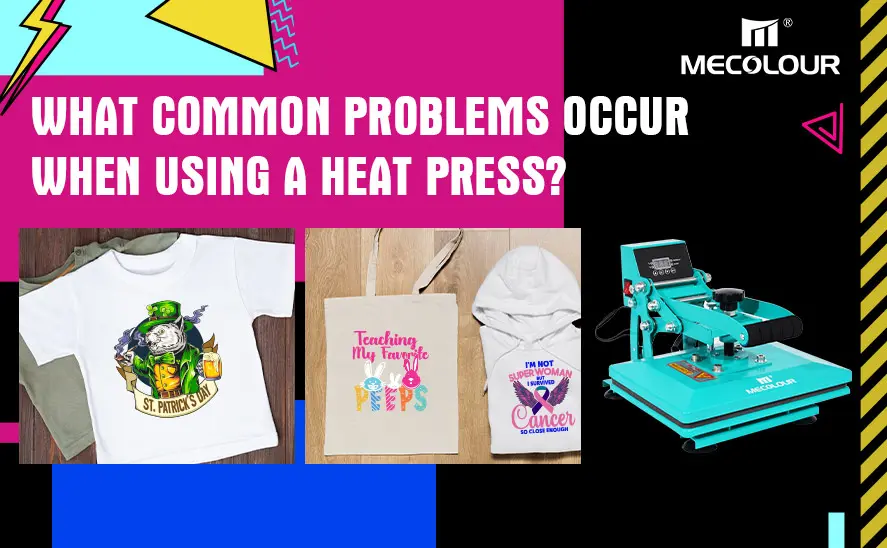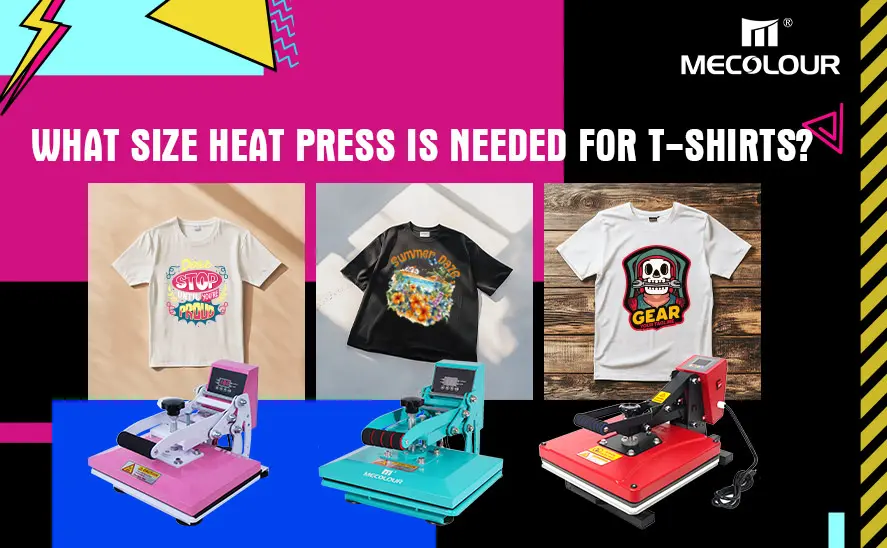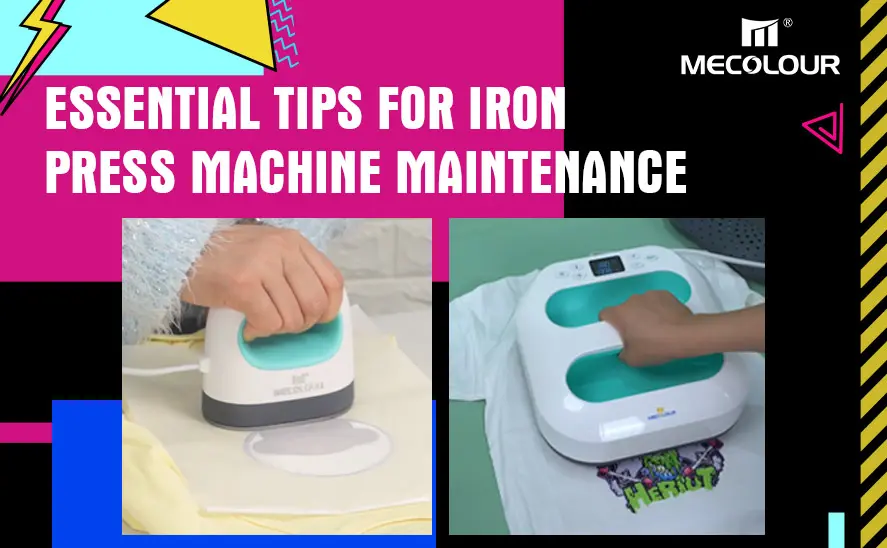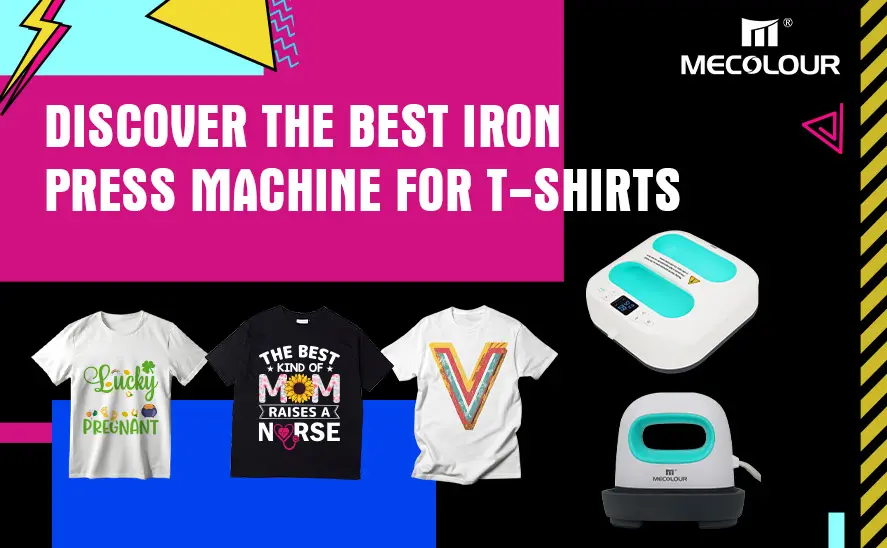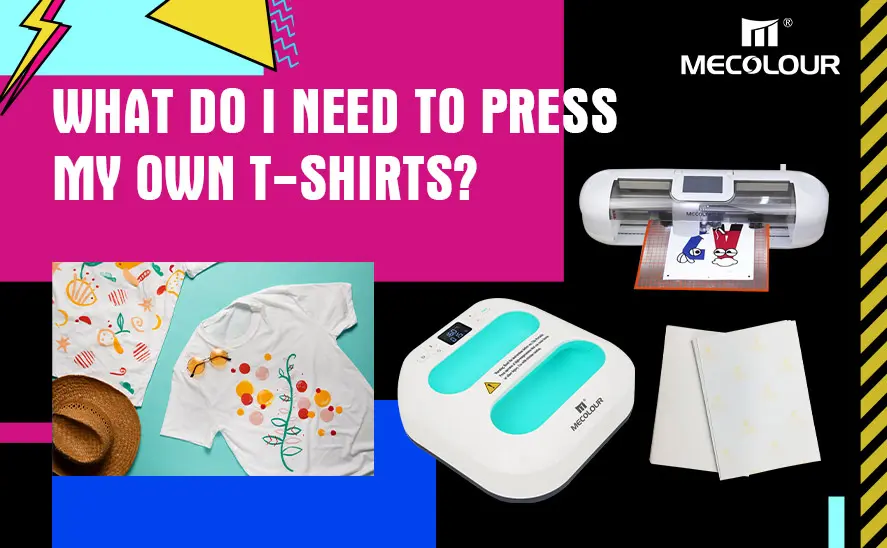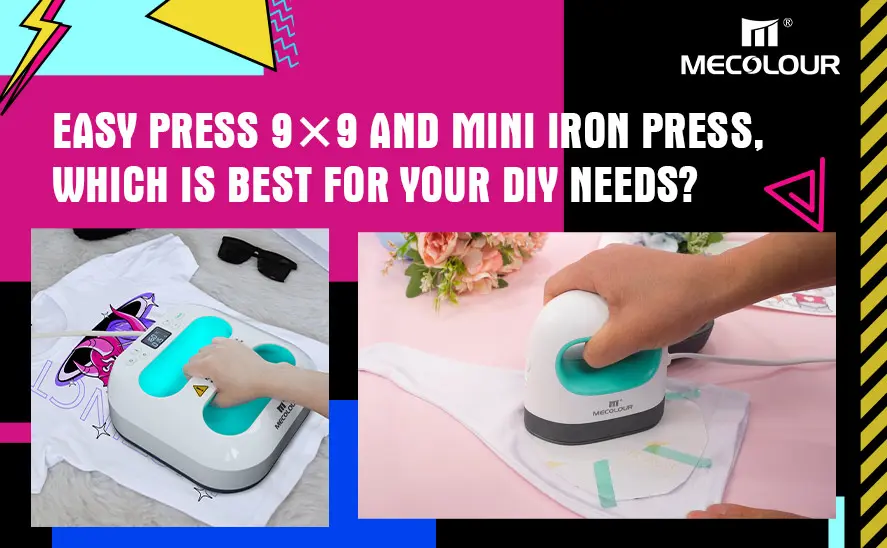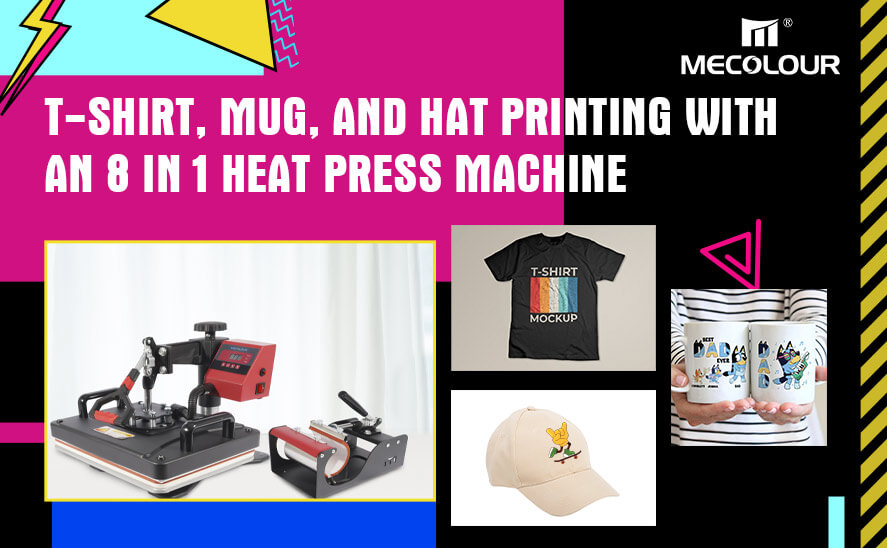
Blog
T-Shirt Press vs. Screen Printing: Which is Right for You?
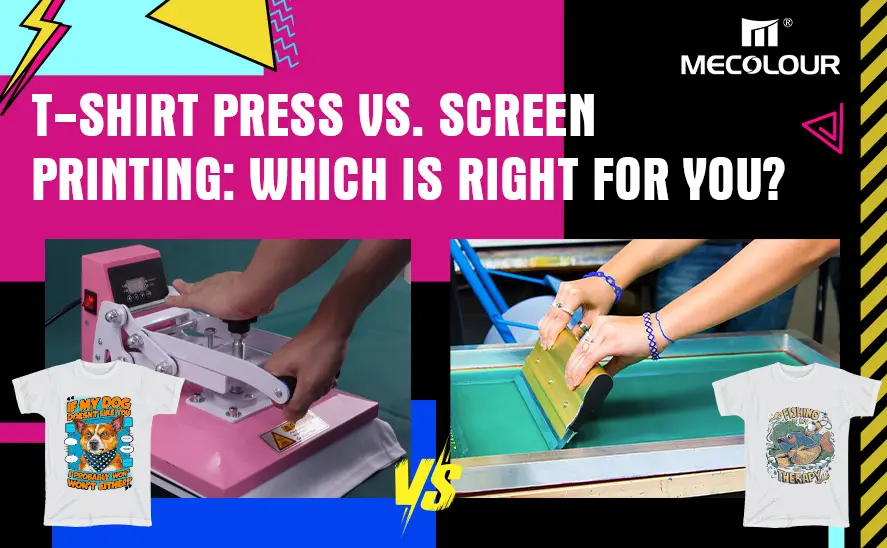
The printing industry offers a vast array of techniques to customize apparel, with T-shirt press and screen printing being two of the most popular options. Each has its advantages and limitations, making it important to understand which one is best suited for your needs. In this comprehensive guide, we’ll explore the differences between T-shirt press and screen printing, helping you make an informed decision based on your specific requirements.
Understanding T-Shirt Press: How It Works
A T-shirt press, often referred to as a heat press machine, uses heat and pressure to transfer designs onto fabric. Typically, a design is printed on a special transfer paper, which is then pressed onto the T-shirt using high heat. The design bonds with the fabric, creating a smooth and durable print. This method is frequently used for custom one-off designs, small production runs, or when working with complex multi-color images.
Advantages of T-Shirt Press
High Color Fidelity: With a T-shirt press, you can achieve vibrant, high-resolution prints that accurately represent intricate designs. This is particularly beneficial for photo-realistic images.
Fast Setup: For small runs or custom orders, the setup is relatively quick. There’s no need to create screens or mix inks as you would with screen printing.
Versatility: Heat presses work with a variety of materials, including cotton, polyester, and blends. You can even use them to transfer designs onto non-fabric surfaces like ceramics and metal.
Lower Costs for Small Batches: Since there’s no need for creating physical screens, heat pressing is more cost-effective for small orders.
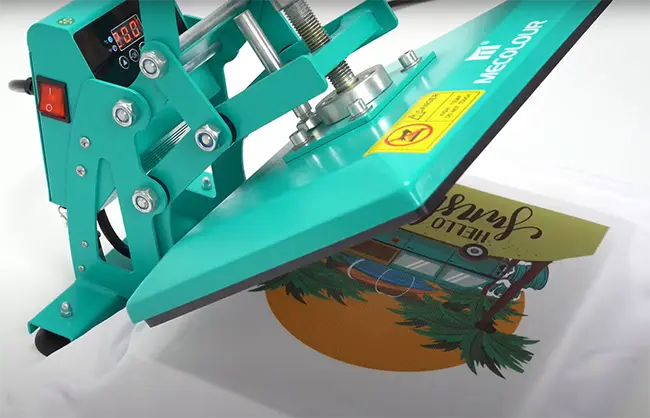
t-shirt press printing
Disadvantages of T-Shirt Press
Limited Durability: While heat-pressed designs look great initially, they may fade or crack over time, particularly after repeated washes.
Time-Consuming for Large Runs: Each shirt must be individually pressed, making it inefficient for large-scale production.
Restricted to Certain Types of Designs: Complex designs work well, but the method may struggle with large, solid color prints.
Understanding Screen Printing: How It Works
Screen printing, also known as silk screening, involves creating a stencil (or screen) for each color in the design. Ink is pressed through the stencil onto the fabric, layer by layer. This method is widely used in commercial printing due to its ability to produce high-quality results, particularly for larger orders.
Advantages of Screen Printing
Long-Lasting Prints: Screen-printed designs are extremely durable and resistant to fading, cracking, or peeling, making them ideal for outdoor wear and frequent use.
Cost-Effective for Bulk Orders: Screen printing shines when it comes to high-volume orders. The initial setup time for making screens is offset by the fast production speed once everything is ready.
Vibrant Colors: Screen printing uses thicker inks, resulting in bold and vivid colors that stand out on the fabric. This is especially effective for solid color designs.
Customizable Inks and Effects: Screen printing offers a wide variety of specialty inks, including metallic, glow-in-the-dark, and puff ink, allowing for creative, tactile finishes.
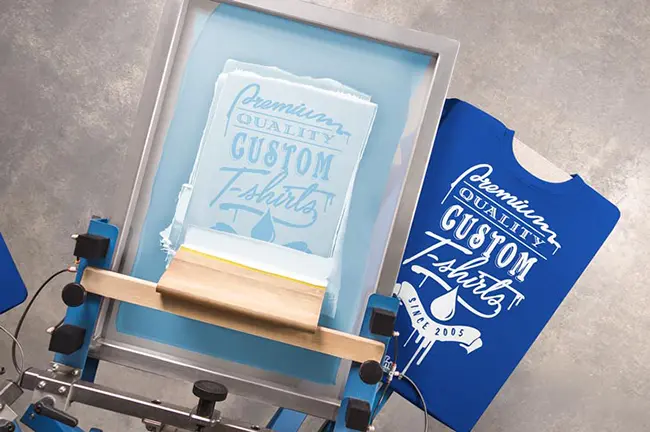
screen-printing t-shirt
Disadvantages of Screen Printing
Limited Detail: While screen printing is great for bold designs, it struggles with highly detailed or photo-realistic images.
Higher Setup Costs for Small Runs: Due to the time and materials required to create screens, this method is more expensive for short runs or one-off designs.
Fewer Material Options: Screen printing works best on flat surfaces and specific materials, such as cotton and polyester. It is not as versatile as the heat press in terms of material compatibility.
Key Differences Between T-Shirt Press and Screen Printing
1. Production Volume
If you’re planning on producing large quantities of T-shirts, screen printing is likely the better option due to its efficiency in mass production. The ability to create hundreds or even thousands of T-shirts in a short time frame makes it ideal for large-scale projects. On the other hand, T-shirt pressing is a better choice for smaller orders or customized, one-off designs, as it does not require the setup of multiple screens.
2. Design Complexity
For highly detailed or multi-color designs, a T-shirt press offers a clear advantage. The heat press can accurately reproduce complex images, including gradients, fine details, and photographs. However, for simpler, bold designs with a limited number of colors, screen printing remains a strong contender, offering clean lines and vibrant color saturation.
3. Durability
When it comes to durability, screen printing wins hands down. The thick layers of ink used in screen printing bond directly with the fabric, creating a robust and long-lasting print. In contrast, while heat-pressed designs are visually appealing, they tend to fade or crack over time, especially if they’re not handled with care during laundering.
4. Cost
For smaller quantities, the T-shirt press is generally more cost-effective since there are fewer upfront costs involved. The ability to produce one-off items without the expense of creating multiple screens makes it ideal for small businesses or personal projects. Screen printing, however, becomes much more economical with larger quantities, as the cost per unit decreases significantly after the initial setup.
5. Material Versatility
Heat press machines can work on a wider range of materials compared to screen printing. From fabrics to mugs and even wood, a heat press opens up a variety of product options. Screen printing, on the other hand, works best on fabrics like cotton and polyester but is less versatile with non-fabric materials.
Mecolour Multifunctional 8 in 1 Heat Press Machine
Which Should You Choose?
The right printing method for you depends on your specific needs, whether you’re running a business, creating promotional items, or crafting custom apparel for personal use. Here’s a quick recap to help guide your decision:
Choose T-shirt press if:
- You have small or custom orders
- You need highly detailed, multi-color designs
- You’re working with various materials
Choose screen printing if:
- You have large production runs
- You need long-lasting, durable prints
- You’re working with simple, bold designs
Conclusion
Both T-shirt press and screen printing are valuable techniques in the custom apparel industry. Each offers distinct advantages depending on the volume, design complexity, and durability you require. By understanding the differences, you can make the best choice to ensure your project’s success.
Related:
The Ultimate Guide to Choosing a T-Shirt Press Machine
Why Invest in a High-Quality T-Shirt Press Machine


